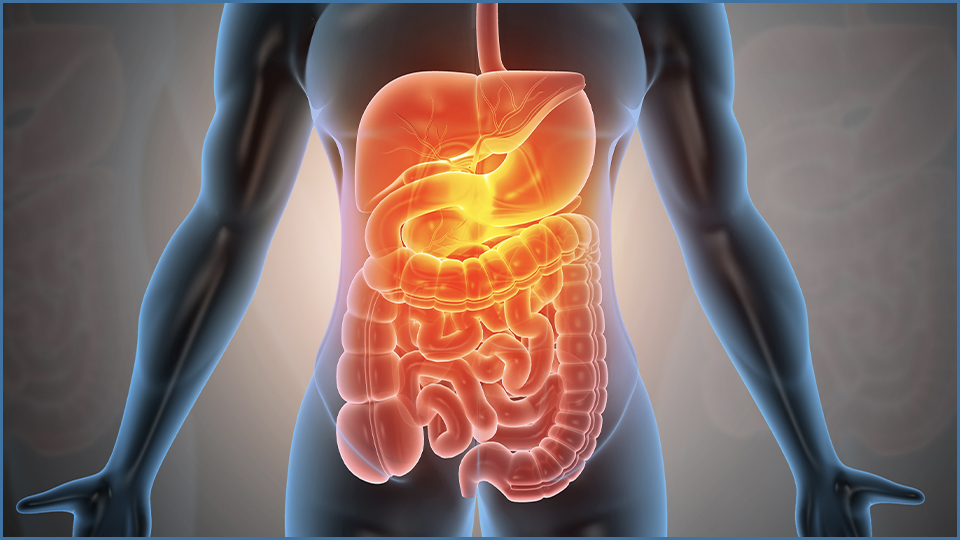Infections in patients with cirrhosis
Infectious complications, particularly bacterial and fungal infections, represent a major triggering factor in decompensation of cirrhosis.
DOI:
https://doi.org/10.37051/mir-00208Keywords:
Cirrhosis, infection, Invasive fungal disease, ACLF, AntibiotherapyAbstract
Cirrhosis is one of the first 10 causes of death worldwide. Infections represent one of the main triggering factors for decompensation of cirrhosis. The link between cirrhosis and infections is bilateral: on one hand, cirrhosis represents a risk factor for infection and on the other hand, infections can be a factor of cirrhosis decompensation. Intensive care units are increasingly required to take care of cirrhotic patients and knowledge of diagnostic tools and the main principles of management of infection, particularly bacterial and fungal, in cirrhotic patients is fundamental. Rapid start of empiric antibiotic therapy in a potentially infected cirrhotic patient can significantly improve his survival. This empiric, broad-spectrum antibiotic therapy adapted to the local ecology must be followed by a re-evaluation at 48-72 hours in order to proceed, if possible, with therapeutic de-escalation. Indeed, the appearance of multi-resistant and highly resistant bacteria is a major issue which will complicate the management of infected patients in the future. The indications and limits of antibiotic prophylaxis in cirrhotic patients are also detailed.


